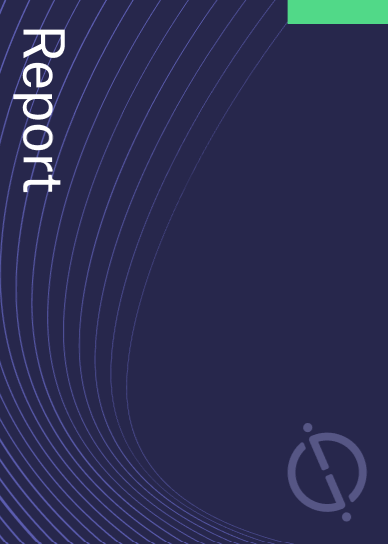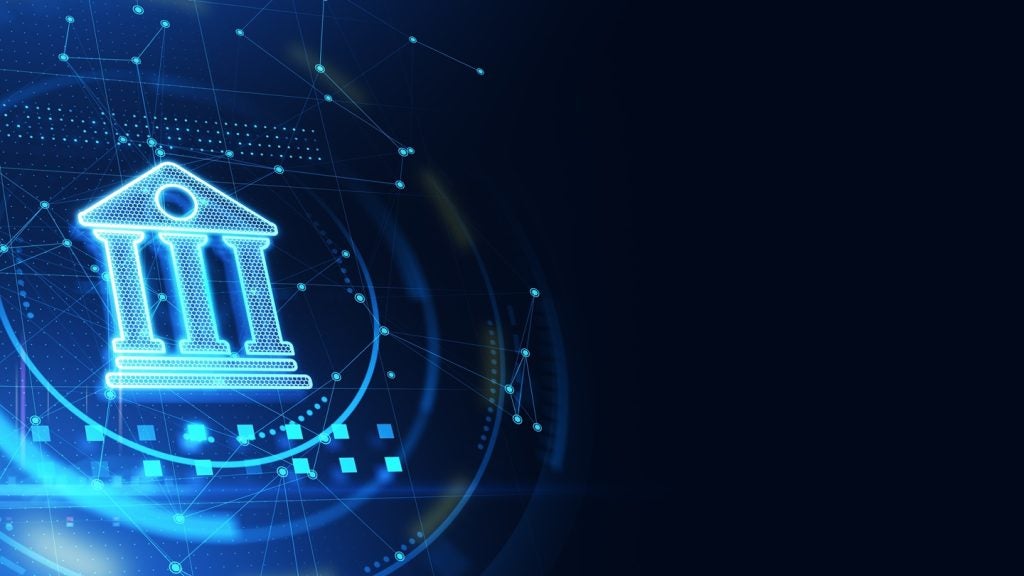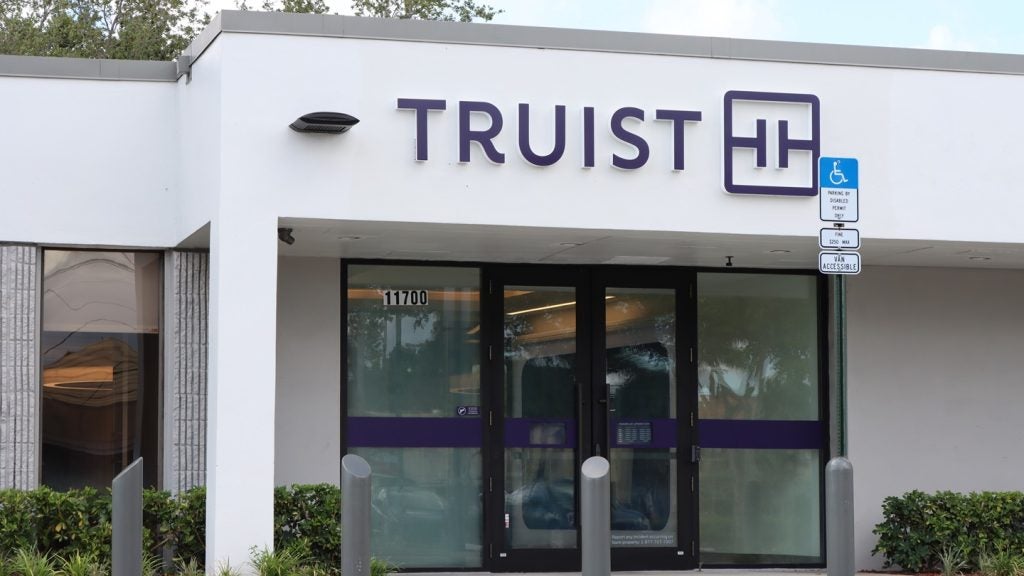State Street has been granted a patent for techniques to determine document recognition errors. The patent describes an apparatus and method for receiving an incoming document image, performing a document recognition process, collecting process information, generating a reconstructed document image, and comparing it to the original image to assess recognition performance. GlobalData’s report on State Street gives a 360-degree view of the company including its patenting strategy. Buy the report here.
According to GlobalData’s company profile on State Street, grid computing was a key innovation area identified from patents. State Street's grant share as of September 2023 was 73%. Grant share is based on the ratio of number of grants to total number of patents.
Document recognition process and performance evaluation
A recently granted patent (Publication Number: US11727701B2) describes a computer-implemented method and apparatus for document recognition and reconstruction. The method involves receiving an incoming document image, performing a document recognition process on the image to generate a recognized document, collecting information about the recognition process, generating a reconstructed document image based on this information, and comparing the reconstructed image to the original to assess the performance of the recognition process.
The method is applicable to various types of document images, including telefacsimile images and scanned document images. The recognition process identifies different regions within the document image and maps any image mismatches to the corresponding mismatching regions. The recognized document can be displayed in a document recognition evaluation interface, with the image mismatches highlighted in association with the corresponding document regions. Operators can provide corrections to the recognized document, specifically targeting the mismatching regions, and the updated document can be stored.
The document recognition process information includes records of font substitutions, graphic elements, signature elements, and text elements. The recognition process itself consists of several phases, including document region identification, region type identification, region processing, and recognized document assembly. The assembly phase involves assembling processed document regions into a retrieved document template identified from the incoming document image.
The patent also describes an apparatus that implements the method. The apparatus includes an image reception component, a document recognition component, a document reconstruction component, and an image comparison component. The components work together to receive the incoming document image, perform the recognition process, collect information, generate the reconstructed image, and compare it to the original to assess recognition performance.
In addition to the method and apparatus, the patent also covers a non-transitory computer-readable storage medium containing instructions for executing the document recognition and reconstruction process. The medium enables a system to receive the document image, perform the recognition process, collect information, generate the reconstructed image, and compare it to the original to assess recognition performance.
Overall, this patent presents a computer-implemented method and apparatus for document recognition and reconstruction, providing a comprehensive system for accurately recognizing and evaluating document images.
To know more about GlobalData’s detailed insights on State Street, buy the report here.
Data Insights
From

The gold standard of business intelligence.
Blending expert knowledge with cutting-edge technology, GlobalData’s unrivalled proprietary data will enable you to decode what’s happening in your market. You can make better informed decisions and gain a future-proof advantage over your competitors.







